
Road signs are more than just symbols; they are the foundation of safe and efficient driving in Ireland. They communicate vital information to drivers, ensuring road order and preventing accidents. Mastering these signs is essential for passing your driving test and navigating Ireland's roads confidently.
At Driveline Driving School, we prioritise helping our learners become familiar with Ireland's road signs. Through our engaging lessons and practical training, we ensure that every driver understands the meaning and significance of these signs. Whether you're preparing for your theory test or polishing your practical skills, we’ve got you covered.
Below, we explore some of the most common signs every driver must know.

This triangular warning sign alerts drivers about a sharp corner ahead, requiring reduced speed and caution. Ignoring this sign can lead to loss of vehicle control, especially on wet or slippery roads. Driveline Driving School emphasises recognising such hazards and adjusting your driving style accordingly.

A circular sign with arrows indicates an approaching roundabout. Drivers must prepare to yield to traffic already within the roundabout. This sign is crucial for maintaining traffic flow and avoiding collisions at intersections.

Mini-roundabouts are smaller versions of standard roundabouts. It is often found in urban areas. They require drivers to navigate with precision and yield to traffic from the right.
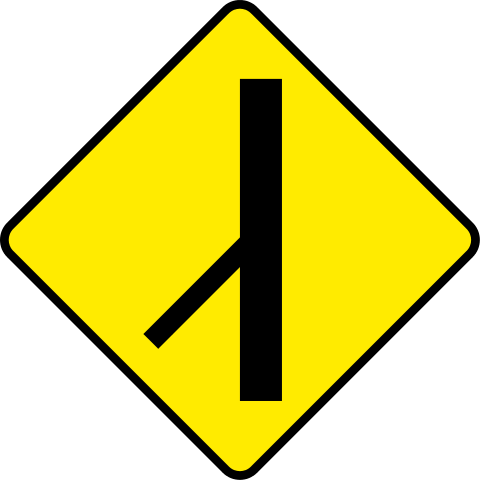
This sign warns of lanes merging ahead. Drivers should adjust their speed and be prepared to allow other vehicles to join their lane. Proper lane discipline and courtesy are vital in such situations.

This sign indicates limited vertical clearance and is typically found near tunnels or bridges. Tall vehicles must heed this warning to prevent accidents or damage.

This warning sign depicts a single bend. It alerts drivers to slow down and prepare for the curve. Such bends often require reduced speed and increased focus.

When multiple bends follow in quick succession, this sign provides advance notice. Maintaining control and adjusting speed is crucial in navigating these safely.

Similar to bends, this sign warns of consecutive sharp corners. These corners require slow speeds and heightened attention, as failure to adapt can lead to accidents.

This sign indicates that the road you drive will end at a T-junction. Drivers must prepare to turn left or right and yield to traffic on the intersecting road. Proper observation of traffic from both directions is critical.

This sign is commonly found on roads transitioning from one-way to two-way traffic. It reminds drivers to stay on the correct side of the road and anticipate oncoming vehicles.

Junction signs provide essential information about road layouts. They help drivers navigate intersections safely and efficiently. Each type of junction requires a specific driving approach.
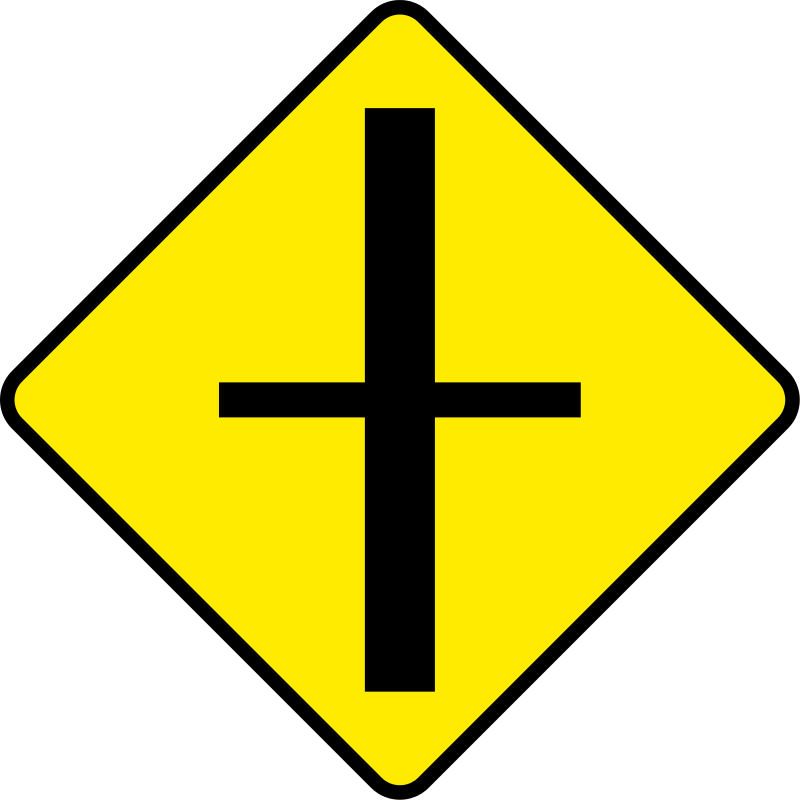
This sign marks a standard intersection where two roads meet and cross. Drivers must proceed cautiously, adhering to the right-of-way rules and observing traffic from all directions.

A side road sign indicates a minor road joining the main road at an angle. Drivers should be alert for merging traffic from the side road and adjust their speed accordingly.

This sign marks the end of a road at a T-junction. Drivers are required to turn left or right while yielding to vehicles on the intersecting road.

This sign indicates a Y-shaped split in the road where drivers must choose the appropriate path. Careful navigation and signalling are essential to avoid confusion.

This sign warns of crossroads where the intersecting roads are not directly opposite. Drivers must be prepared to stop or yield as they navigate the staggered intersection.
Prepare for What’s Ahead with Advanced Notice
Advanced warning signs provide drivers with early information about changes in road layouts or potential hazards. Recognising these signs helps in planning manoeuvres well in advance.



Warning signs are vital in alerting drivers to potential hazards, changes in road conditions, or unexpected situations ahead. These triangular signs with red borders are designed to catch your attention and provide clear warnings.





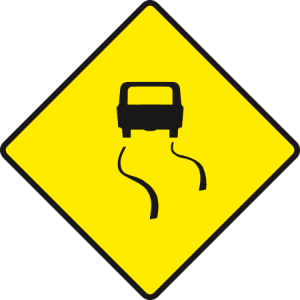




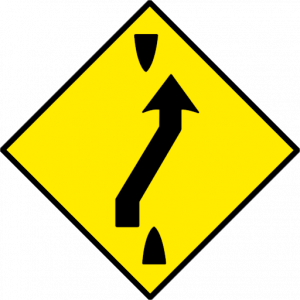





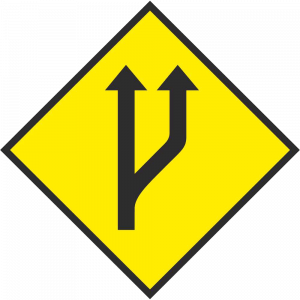

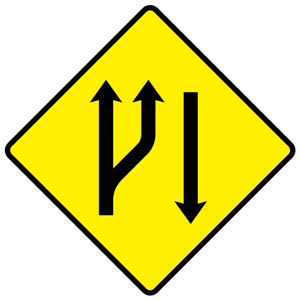






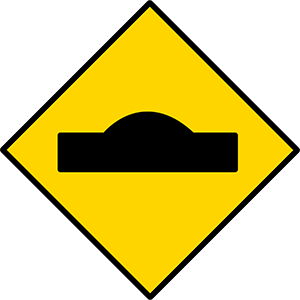













Tram signs are essential in areas where tramlines intersect with roadways. They guide drivers on tram-only zones, crossings, and shared road spaces. These ensure safe coexistence between vehicles and trams.
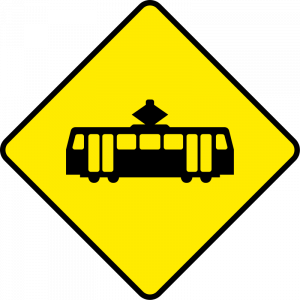


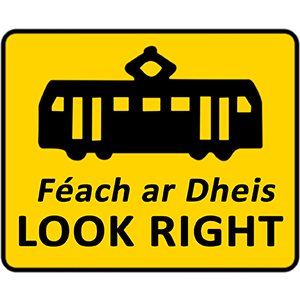
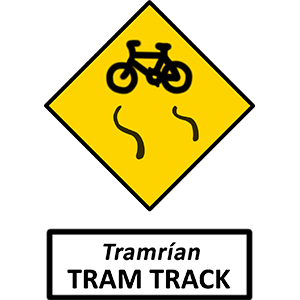
Ensuring Safety Around School Zones
School zone signs remind drivers to slow down and remain alert in areas frequented by children. These signs often accompany reduced speed limits during school hours to enhance safety for young pedestrians.



Temporary traffic signs provide critical information about changes in road layouts, lane closures, or detours due to construction. Adapting to these signs ensures safety for both drivers and road workers.











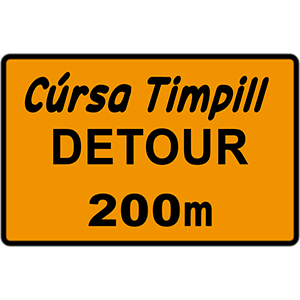
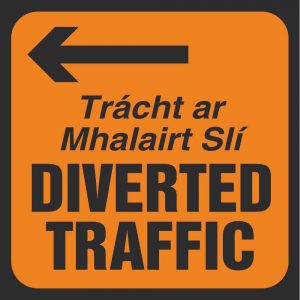






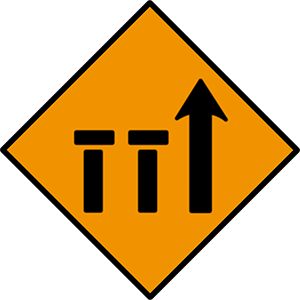

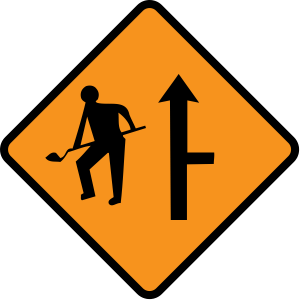
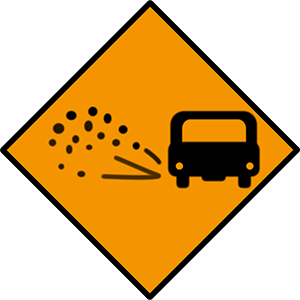









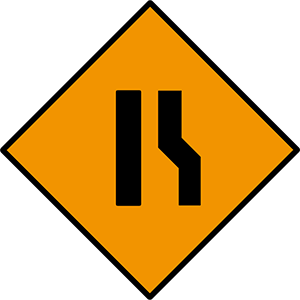

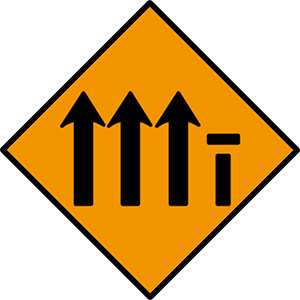


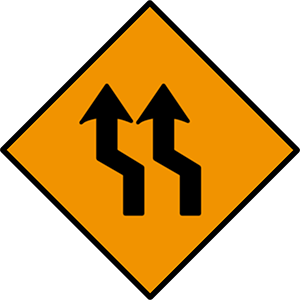




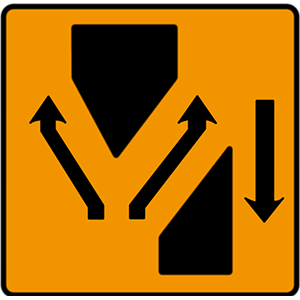


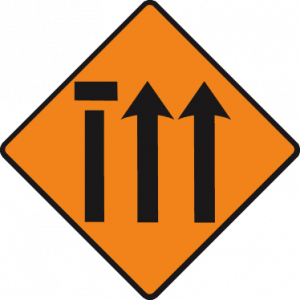







Informative signs for road work are crucial for ensuring the safety of both drivers and workers in construction areas. These signs provide clear instructions about detours, speed limits, and changes in road layouts. Understanding and adhering to these signs is essential to safe and responsible driving.








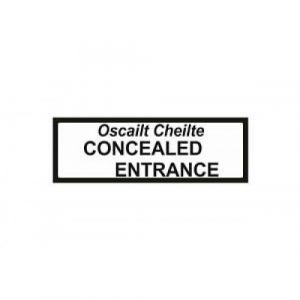






Recognising and promptly responding to these manual signals ensures safety, minimises delays, and maintains order on the road.




These signs convey mandatory instructions for all drivers, such as speed limits, prohibitions, and lane usage. Recognising and adhering to these signs ensures compliance with traffic laws, reduces the risk of accidents, and promotes smooth traffic flow.


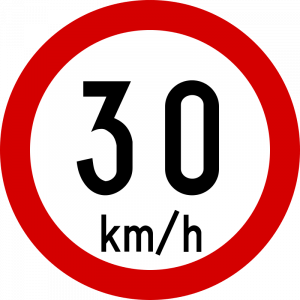







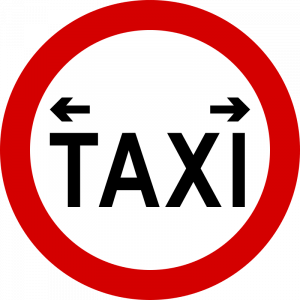







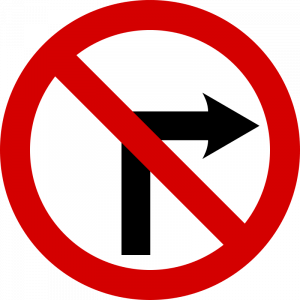







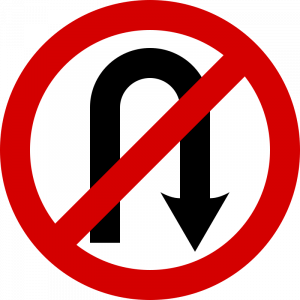





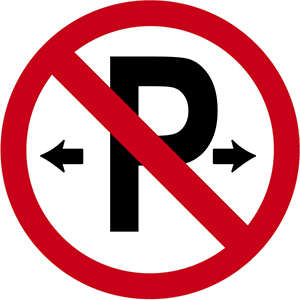
These signs are essential for maintaining traffic order and ensuring the safety of all road users. Drivers can avoid confusion, fines, and potential collisions by following these instructions.









These signs guide drivers on proper lane usage, including when to merge, change, or stay within designated lanes. They are vital on multi-lane roads, highways, and areas with high traffic density.

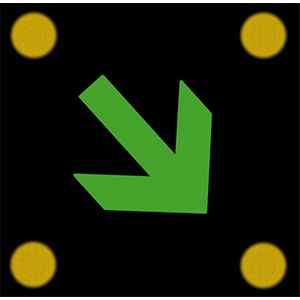


These signs are typically placed to provide real-time instructions to drivers and pedestrians. Understanding and responding appropriately to these signs ensures workers' safety and minimises traffic disruptions.






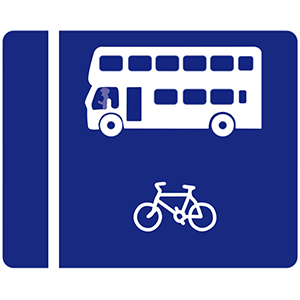


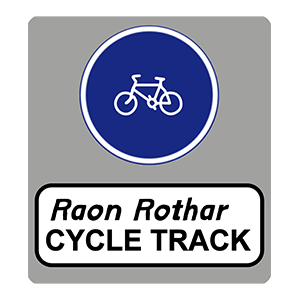







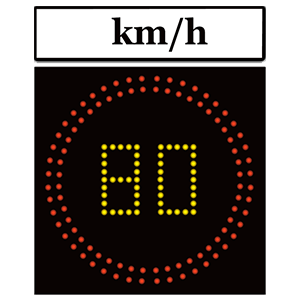




These signs help in planning your journey, reducing last-minute decisions, and ensuring smooth transitions on the road.





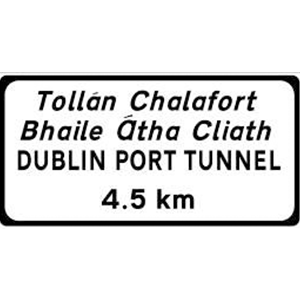
These signs provide drivers with early information about upcoming routes, destinations, and exits. It allows ample time to make informed decisions.





















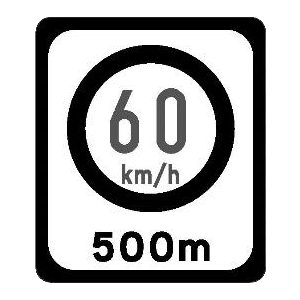





These signs provide clear directions to tourist attractions, accommodations, and essential amenities. They are easy to spot and understand, even for international drivers unfamiliar with Irish roads.

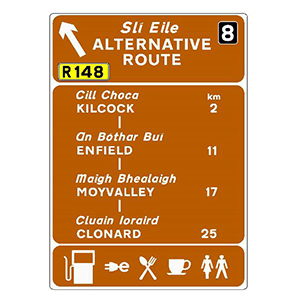









Motorway signs in Ireland are specifically designed to guide drivers through high-speed environments safely and efficiently. These signs provide vital information about speed limits, exits, lane usage, and upcoming junctions.






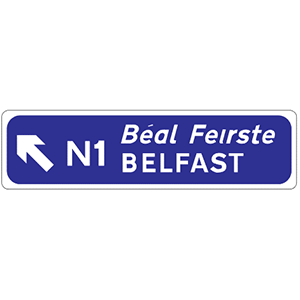






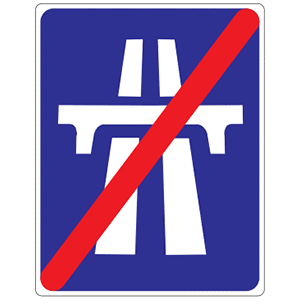



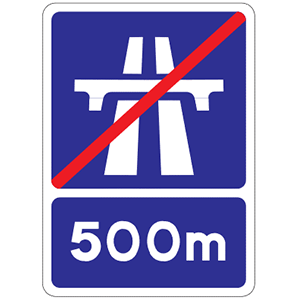
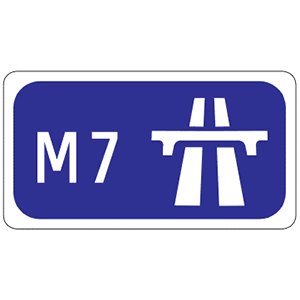

These electronic signs provide drivers real-time updates about traffic conditions, weather, road closures, and other important information. These dynamic signs are crucial for keeping drivers informed and ensuring safety in changing conditions.


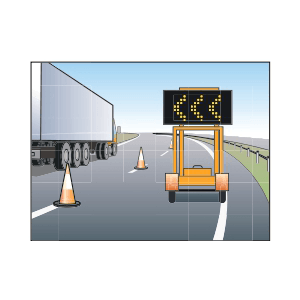

Road signs in Ireland are grouped into five main categories, each serving a specific purpose:
Failing to obey road signs can lead to penalties, such as the following-
Regulatory signs, such as speed limits and no-entry signs, are legally enforceable and must be strictly followed.
Memorising road signs can be easier with these practical tips: